Advantages and Disadvantages of Blister Packaging
In the realm of packaging, blister packaging has gained significant popularity in recent years. Walk into any supermarket or drugstore, and you're bound to encounter countless products enclosed in these transparent, plastic bubbles.
But what is blister packaging and what makes blister packaging so special? Are there any downsides to this seemingly universal solution? In this blog post, we'll dive into the advantages and disadvantages of blister packaging, exploring its convenience while shedding light on its potential drawbacks.
What are the Advantages of Blister Packaging?
From consumer goods to medication, blister packaging provides a versatile and customizable solution. Now let's take a closer look at what benefits blister packaging can bring to manufacturers and consumers.
1. Product Visibility
One of the primary advantages of blister packaging is its exceptional product visibility. Except for the unique Alu-Alu style used in the pharmaceutical industry, most blister packs come with a clear plastic blister. This plastic cover allows consumers to see the product inside. This provides consumers with a tangible preview of what they are buying.

2. Enhanced Product Freshness
Blister packaging can contribute to extending the shelf life of certain products. The packaging creates a sealed environment. It protects pharmaceuticals or food items from exposure to air, moisture, and contaminants. This powerful shield helps preserve the freshness, quality, and effectiveness of the product. So consumers can receive it in optimal condition.

3. Protection against Damage
Blister packaging features a robust design. The durable plastic blister can effectively protect products against pressure and impacts during transportation and storage. It also can prevent tampering to safeguard brand integrity. This ensures the product reaches the end consumer in pristine condition, reducing the risk of returns or customer dissatisfaction.

4. Dosage and Serving Size Accuracy
Blister packaging is particularly beneficial when products require accurate dosage or serving sizes. When packaging medications, supplements, or seasoning blends, each compartment in the blister pack can be individually filled. This ensures accurate and consistent portioning. It also enhances user convenience, eliminates the need for counting, and minimizes the risk of over or under-dosing.
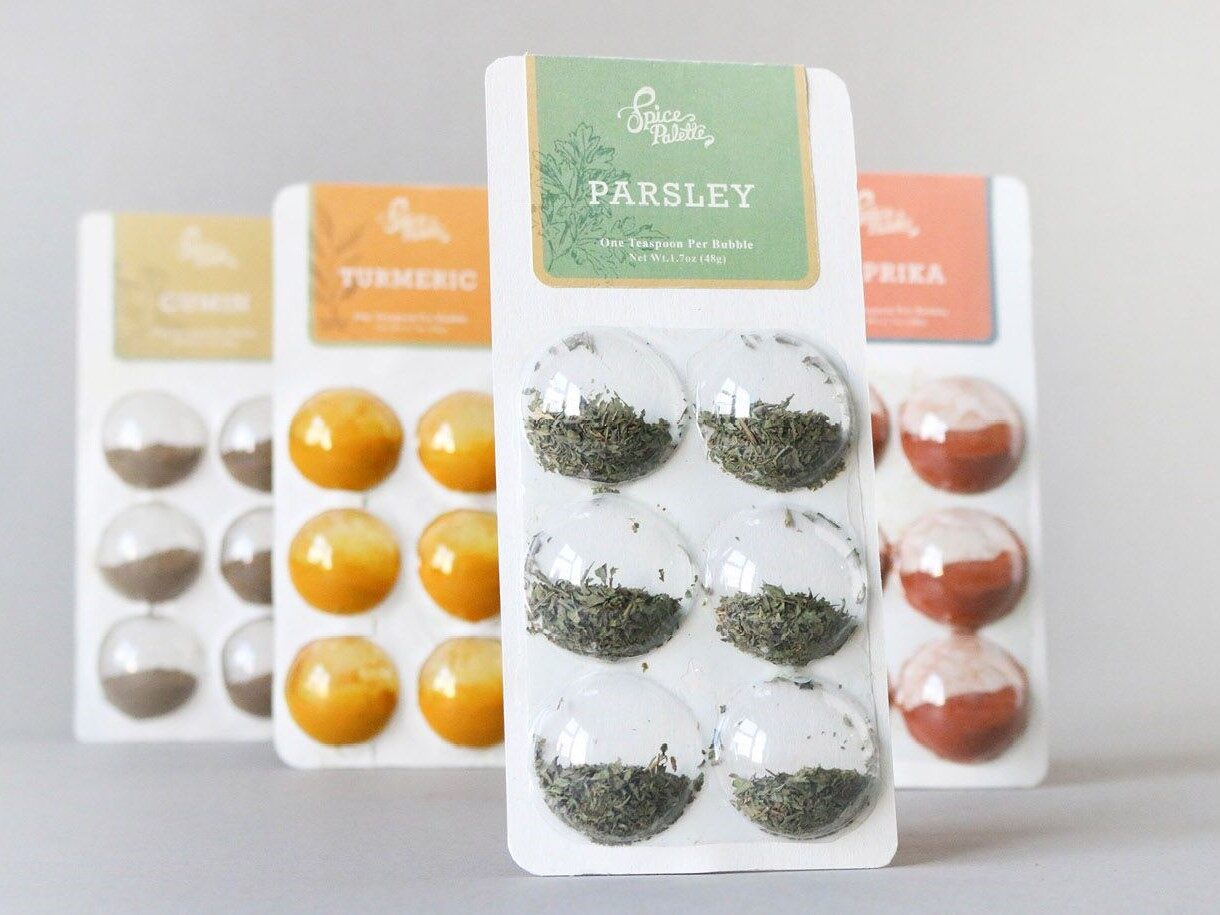
5. Customization
Customization is another one of the most important advantages of blister packaging. Manufacturers can print product information, logos, and promotional messages on the blister pack to enhance their marketing efforts. This benefit helps distinguish products on shelves and makes them more eye-catching.

6. Ease of Use and Accessibility
Blister packaging allows for a neat arrangement of products. User-friendly opening mechanisms simplify access to the enclosed items. Tear-off tabs, perforated sections, or push-through designs provide consumers with a hassle-free experience in using the products.
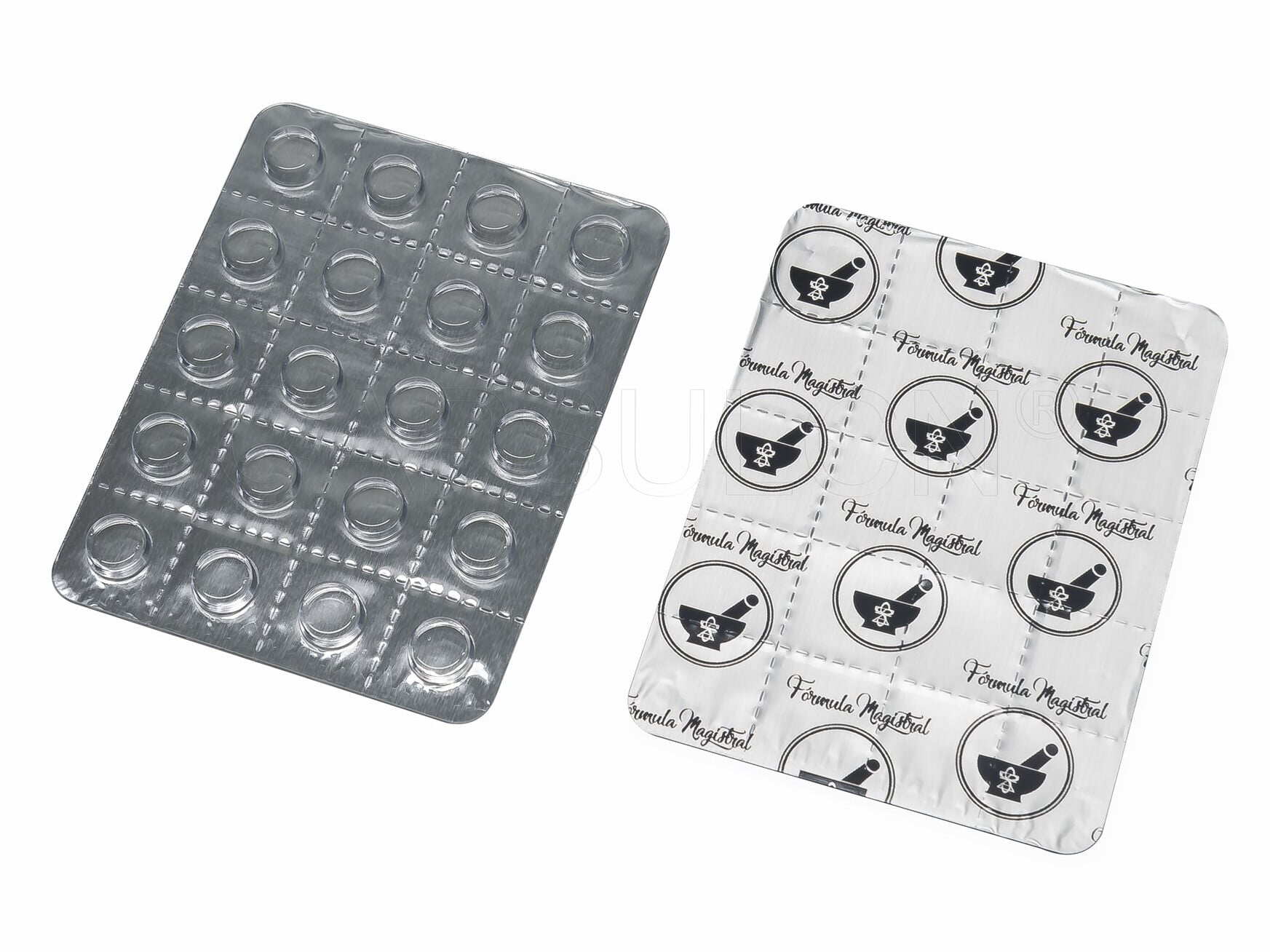
7. Cost-effective Manufacturing and Retailing
Blister packaging offers cost advantages for both manufacturers and retailers. Its relatively simple design and manufacturing process make it an economical choice. Additionally, lightweight blister packs require less material for production. The compact nature of blister packaging also optimizes shelf space. This allows retailers to display more products within the same area.
What are the Disadvantages of Blister Packaging?
Before you decide to incorporate blister packaging into your business, it's crucial to take a closer look at its disadvantages. So, let's explore more!
1. Environmental Impact
One of the significant concerns about blister packaging is its environmental impact. Most blister packs are made from non-biodegradable plastic materials. Improper disposal can harm the environment. Additionally, certain packs combine plastic and foil. This makes them challenging to recycle.
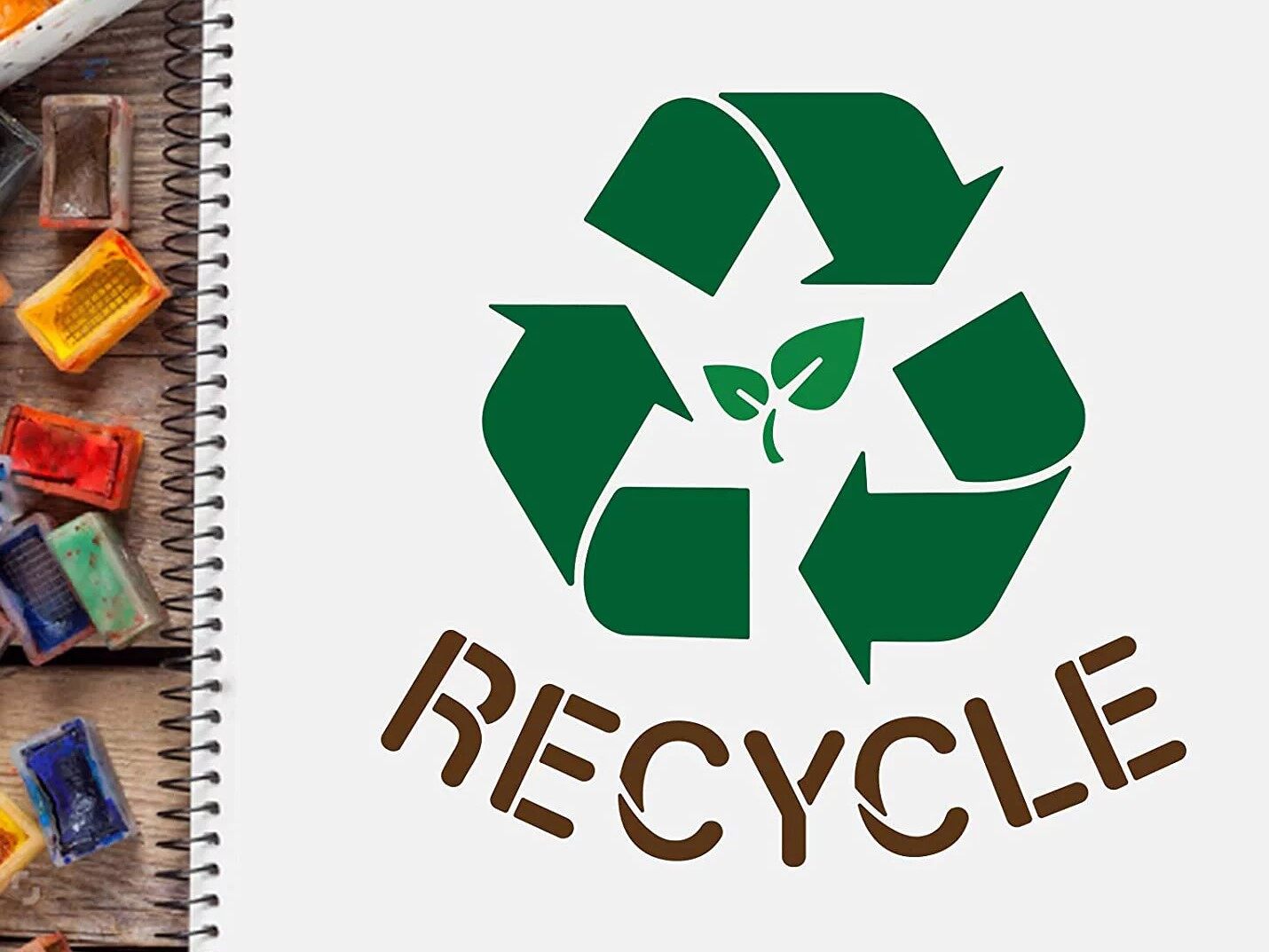
2. Difficulty in Opening
Blister packs are known for their security and protection. Yet, some types of blister packaging, like a clamshell, can be challenging to open. The rigid plastic shell and the need for precise opening techniques can lead to frustration and inconvenience.
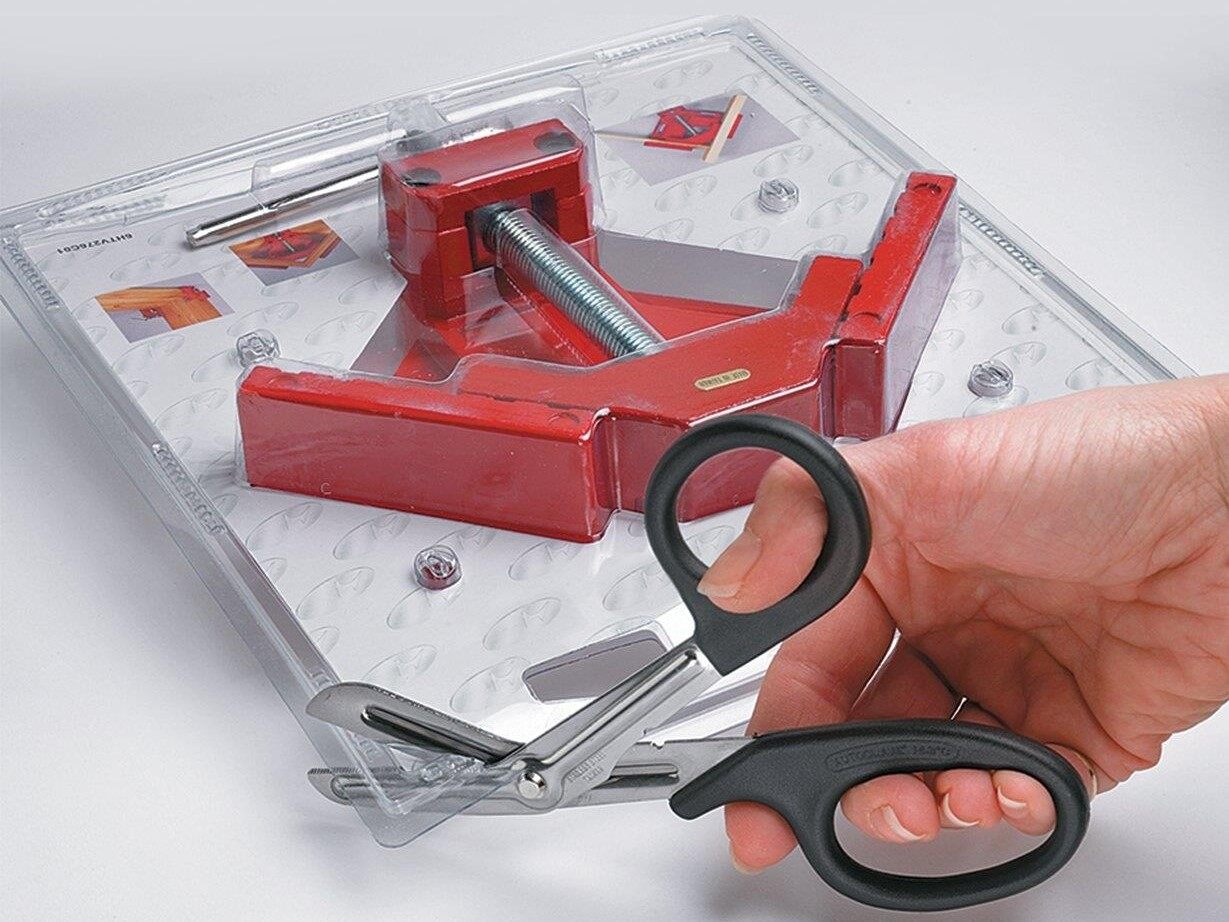
3. Susceptibility to Heat and Light
Some types of blister packaging come with clear plastic blisters. These materials may be susceptible to heat and light exposure. This can pose a risk for products sensitive to temperature or requiring protection from UV rays. Careful storage may be necessary to ensure the product's integrity and effectiveness.
4. Tampering Concerns
While blister packaging provides a level of tamper evidence, it is not foolproof. The transparent plastic cover or aluminum foil back can be tampered with if not properly secured or stored. This can be particularly concerning for pharmaceuticals where tampering poses health risks.
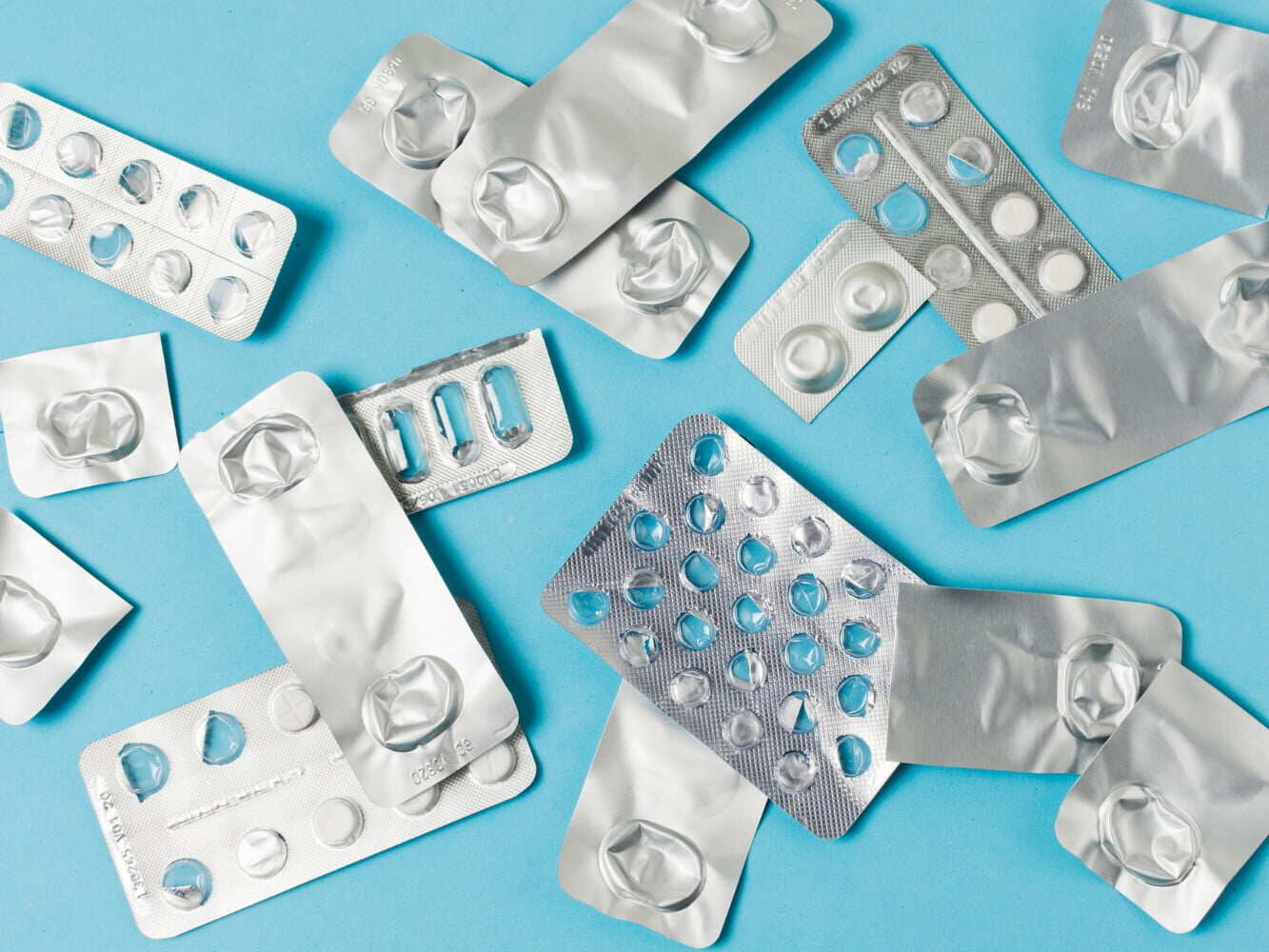
5. Accessibility for Individuals with Disabilities
Individuals with visual impairments or limited manual dexterity may encounter obstacles while using blister packaging. The tiny compartments and the need for precise opening techniques could impede their independent use of the products.
What are the Products Well-Suited to Blister Packaging?
Now that you know the advantages and disadvantages of blister packaging, let's learn where this packaging solution can be used.
1. Pharmaceuticals and Nutraceuticals. Blister packs are commonly used for packaging individual doses of medications and supplements, such as capsules, tablets, and pills. The individual blister cavities provide protection, dosage control, and tamper-evident features.

2. Food and Snacks. Blister packs are also a go-to choice for packaging individual portions of food items like chewing gum and sweets. It helps preserve the freshness and hygiene of the contents.
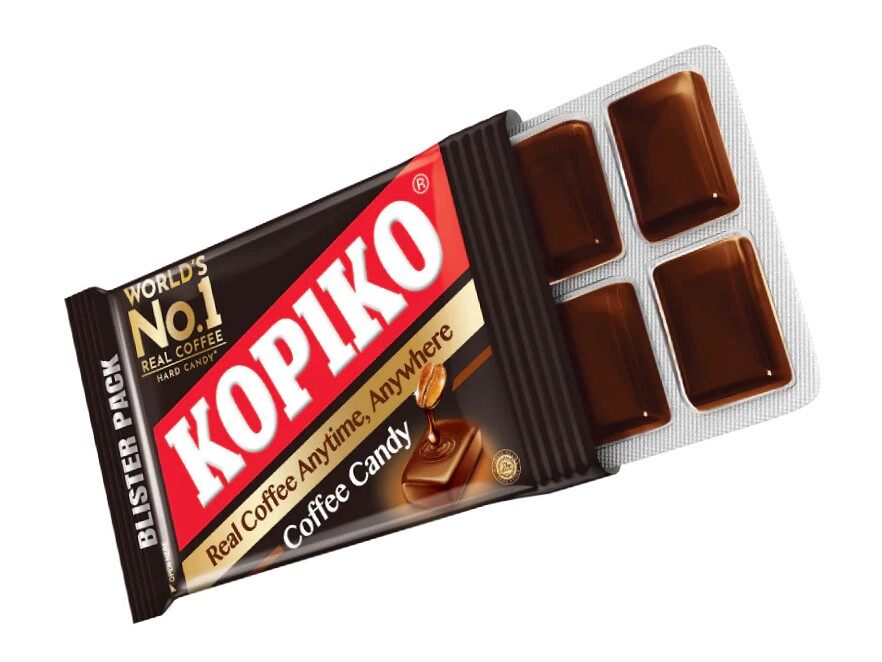
3. Cosmetics and Personal Care Products. Blister packaging is popular among cosmetics, skincare products, and personal care items such as lipstick, mascara, nail polish, and travel-size toiletries. This type of packaging provides visual aesthetics and safeguards the product from contamination.

4. Consumer Electronics. Small electronic devices like earphones, memory cards, and USB drives are often packaged in blister packs. The transparent blister lets customers see the product while protecting against damage and tampering.
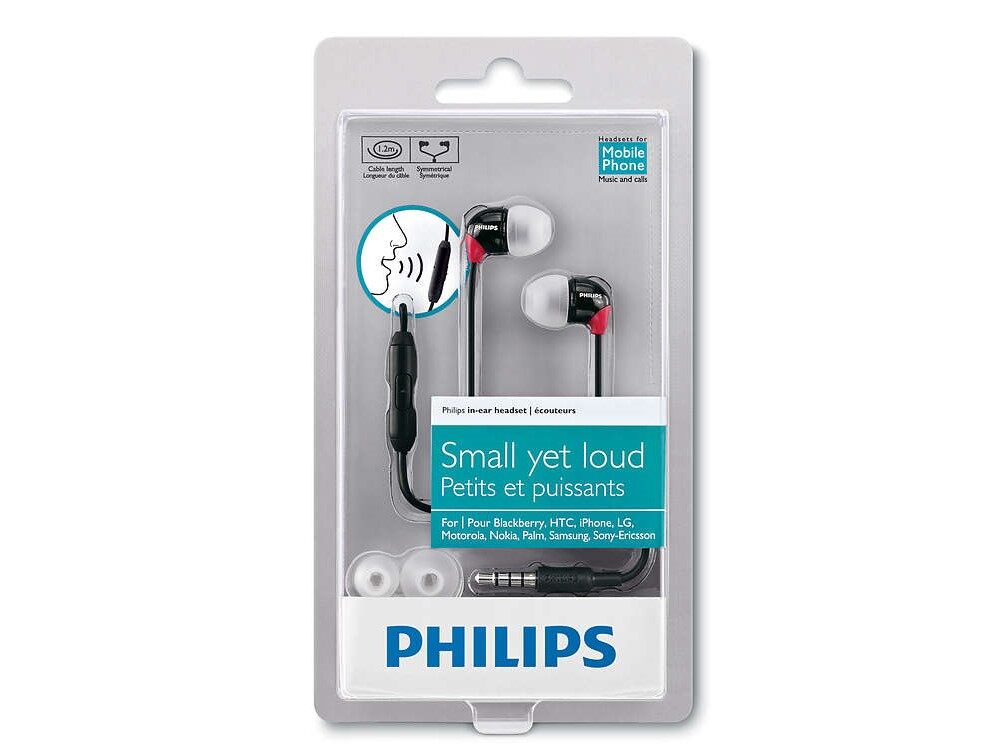
5. Stationery and Office Supplies. This solution is commonly used for packaging pens, erasers, sharpeners, and other stationery items. The clear plastic blister showcases what you're buying and protects products during transportation and storage.
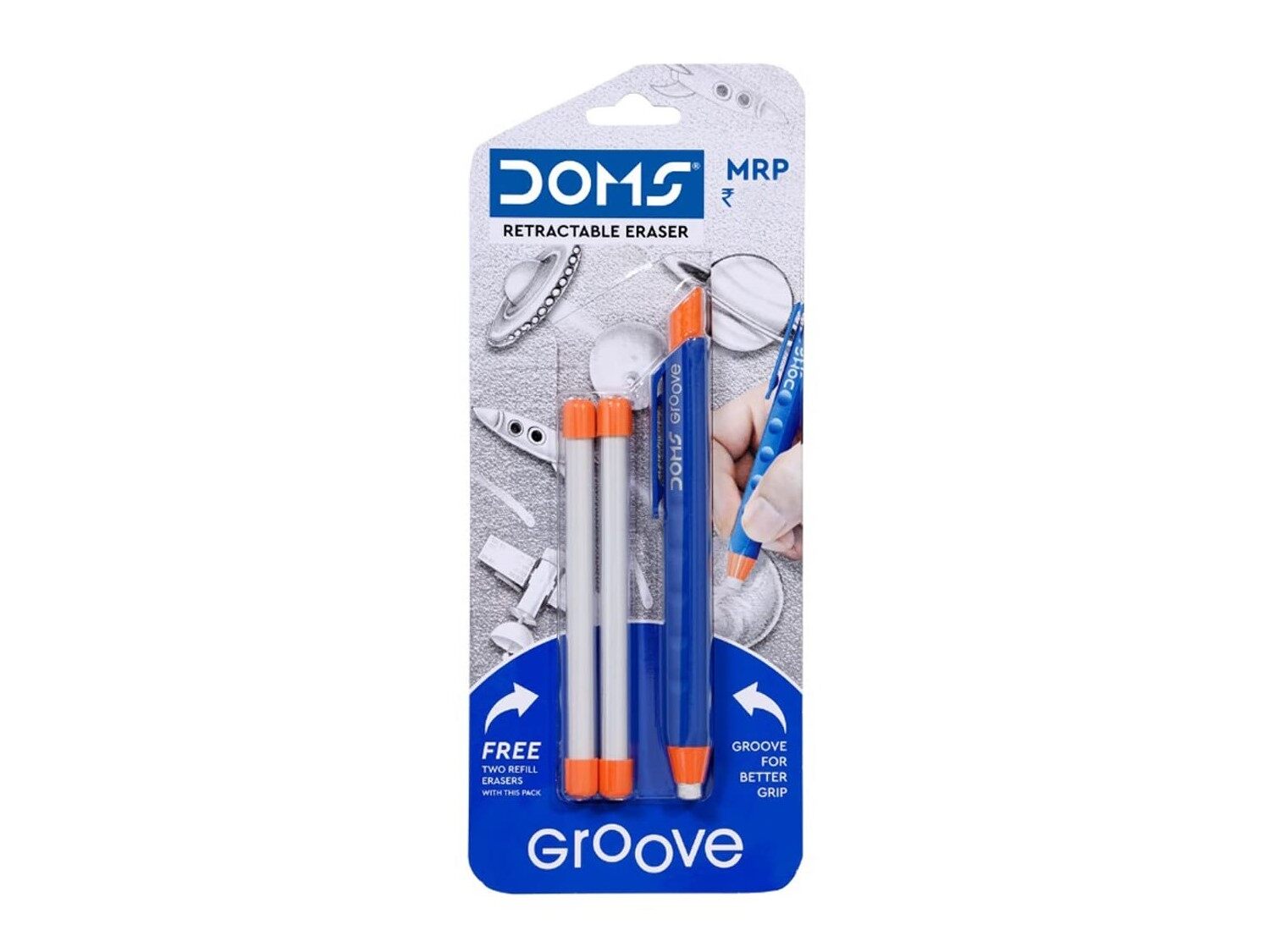
6. Toys and Games. Many action figures, collectibles, and card games often use this packaging method. Blister packs allow customers to see the items and their features while keeping them secure.

7. Small Tools. Screwdrivers, scissors, and wrench sets are often packaged in blister packs. The transparent blister allows easy visibility and organization of these small items. Also, it makes them more convenient for consumers.

The Bottom Line
By weighing the advantages and disadvantages of blister packaging, you can decide whether this packaging solution suits your products. You can also explore more packaging alternatives to address consumer preferences.
Leave your comment
Also Offers




Our Team
As an expert in the pharmaceutical and pharmaceutical packaging industry, iPharMachine has provided solutions for hundreds of pharmaceutical and health product manufacturers for 17 years. By visiting customers, we get good reviews from our customers.
- info@ipharmachine.com
- English Español Deutsche







